In 1894, painter Ramón Casas-Carbó, belonging to the Catalan high bourgeoisie, commissioned architect Antoni Rovira i Rabassa (1845-1919), the realization of this building on Passeig de Gràcia where he moved to live after having returned from Paris.
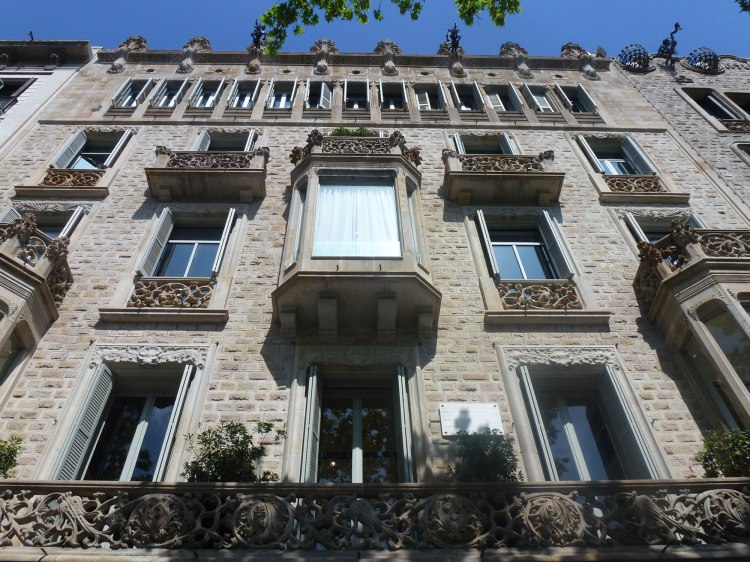
Only one building, namely Casa Codina, designed by the same architect in 1898, separates this residence from Gaudí’s La Pedrera.
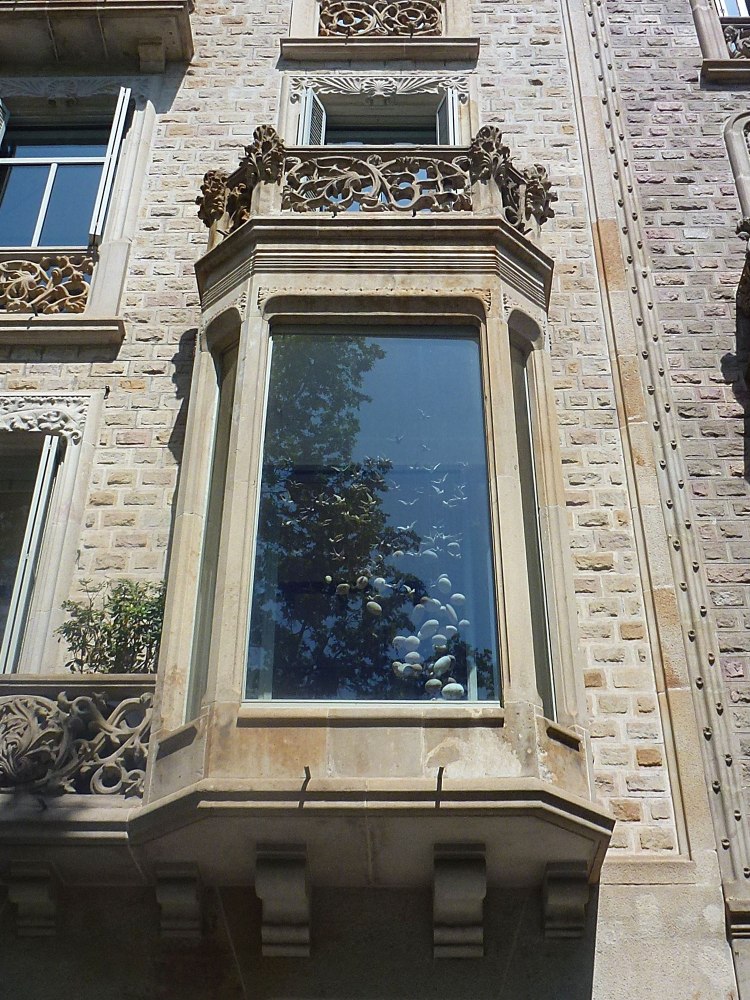
The façade is magnificently executed in carved stone. The main or noble floor features side tribunes while the first floor has a central one. All balconies of all levels, including the corrido of the main floor, feature the same vegetal pattern in stone. The main entrance has a two-leaf door in solid wood with exquisite metalwork ornaments.
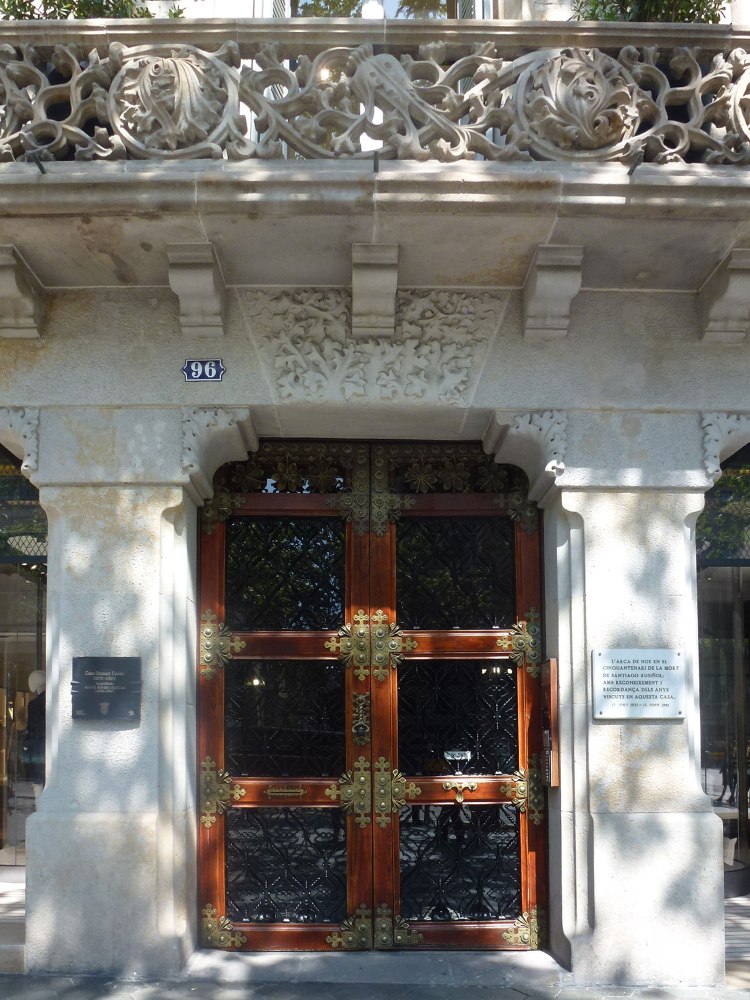
This property has always been linked to visual arts and fashion. Apart from being the residence and work study of painter Ramon Casas in the first half of the 20th century, the building housed, in the 50’s, the workshop of Catalan designer Asunción Bastida and then the emblematic gift and design store by Enrique Levi and Hugo Vinçon.
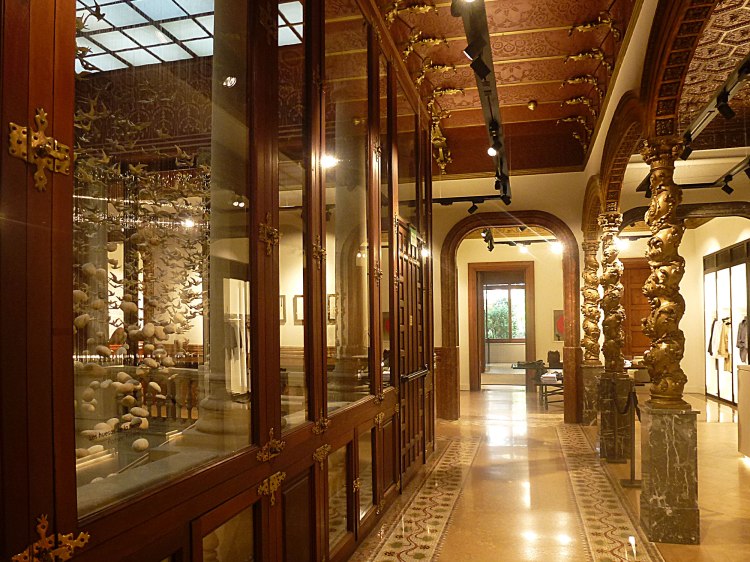
Today, the Ramon Casas house is the flagship store of Massimo Dutti and the interior has been completely restored. The main floor boasts rich decoration including mosaics in pastel nuances, highly detailed ceilings and columns and unique pieces, among which the must-see is the fireplace. It was built in 1902 in wrought iron, carved stone and featuring a monster with sunflowers for eyes – designed by Josep Pascó i Mensa for the dining room of the family of Ramon Casas.
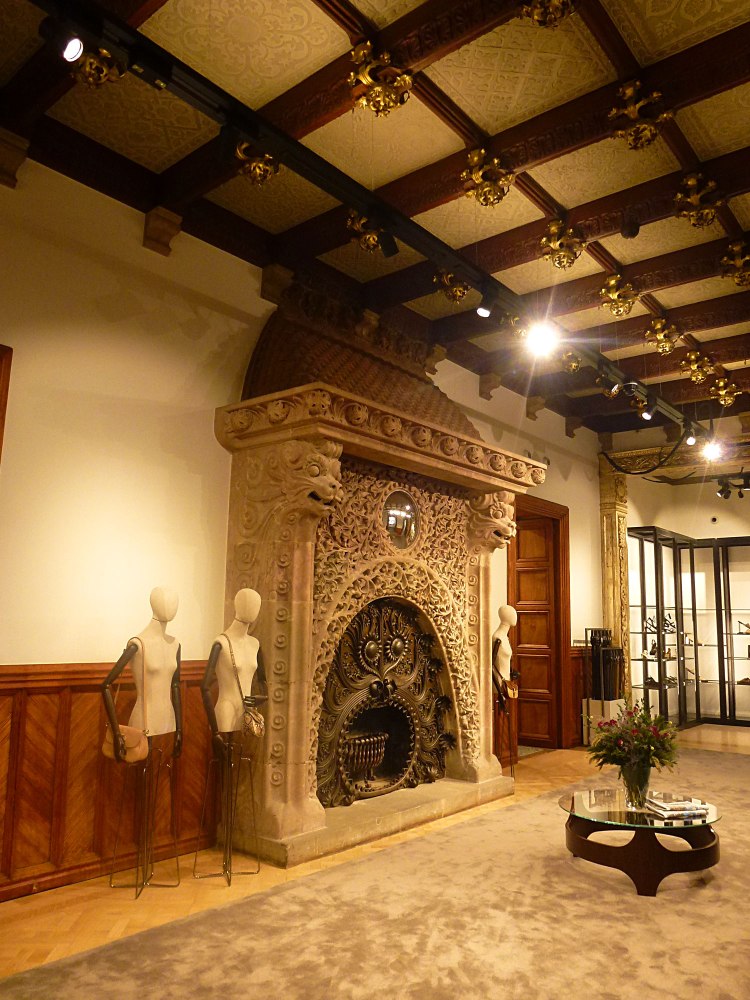
Evaristo Saenz-Chas, image director of Massimo Dutti, was the person in charge of supervising the exhaustive restoration that the firm has carried out in the building before opening the store.

Everything recoverable has been recovered, from the repair of the oak floor of the noble floor to the ironwork of the windows. Also the ceramic wainscots. And the mosaic floor. And the fantastic coffered ceiling of the staircase that goes up to the third floor.
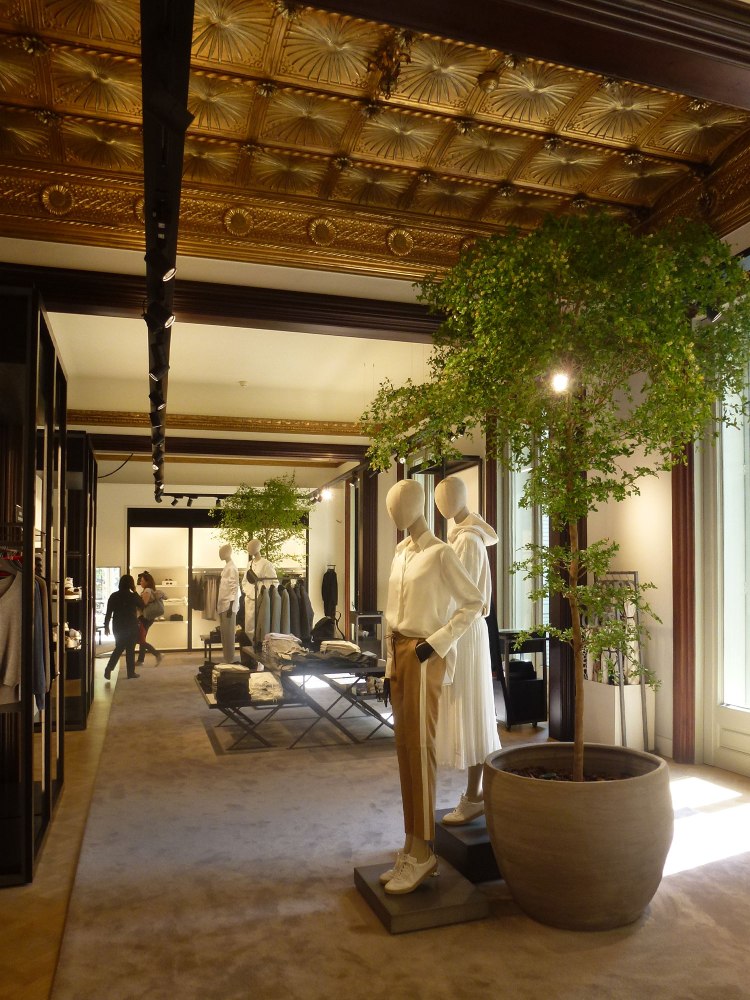
A megastore of 2,800 square meters, ecoefficient, technologically advanced and, what is better, modernist! Everything recoverable original has been recovered. And everything, under the patrimoni guidelines, from the repair of the oak floor of the noble floor to the ironwork of the windows. Also the ceramic wainscots. And the mosaic floor. In addition to the fantastic coffered ceiling of the staircase that goes up to the third floor. Everything, everything.
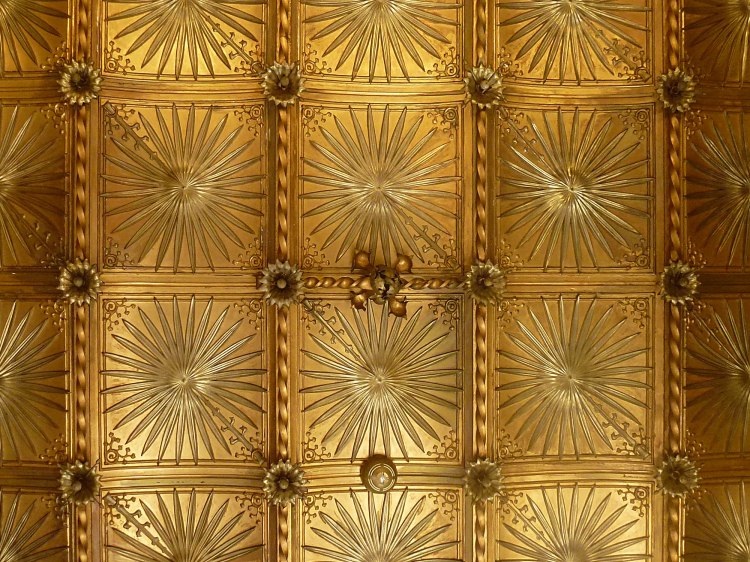
There is also an unexpected patio, in noucentista stile, where one can enjoy quietness, lots of plants, shadow, a good coffee and a view to the rear facade of the Casa Milà or the mural that Casas painted in the neighboring house Codina and that can be seen through the gallery, plus an exquisite ceramic design in shades of blue and gold, covering the lower part of the surrounding walls.

There’s a lot to admire in this 2,800 square-metre-space: roof thrust, ceramic moldings with filigree, wrought iron doors and modernist lamps, in addition to an imposing marble staircase with the hidden inner courtyard.
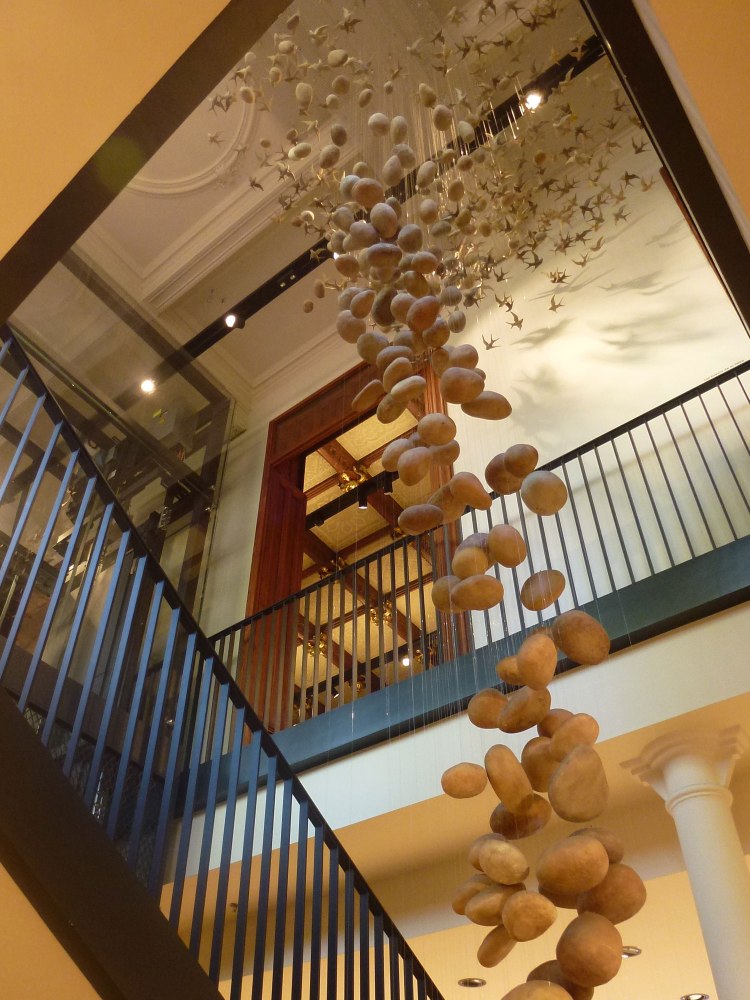
And to round off the artistic vibes of the store, Galician contemporary artist Pamen Pereira was also invited to designed a special installation for the space – The Bones of the Earth, a floating composition of stones turning into swallows.
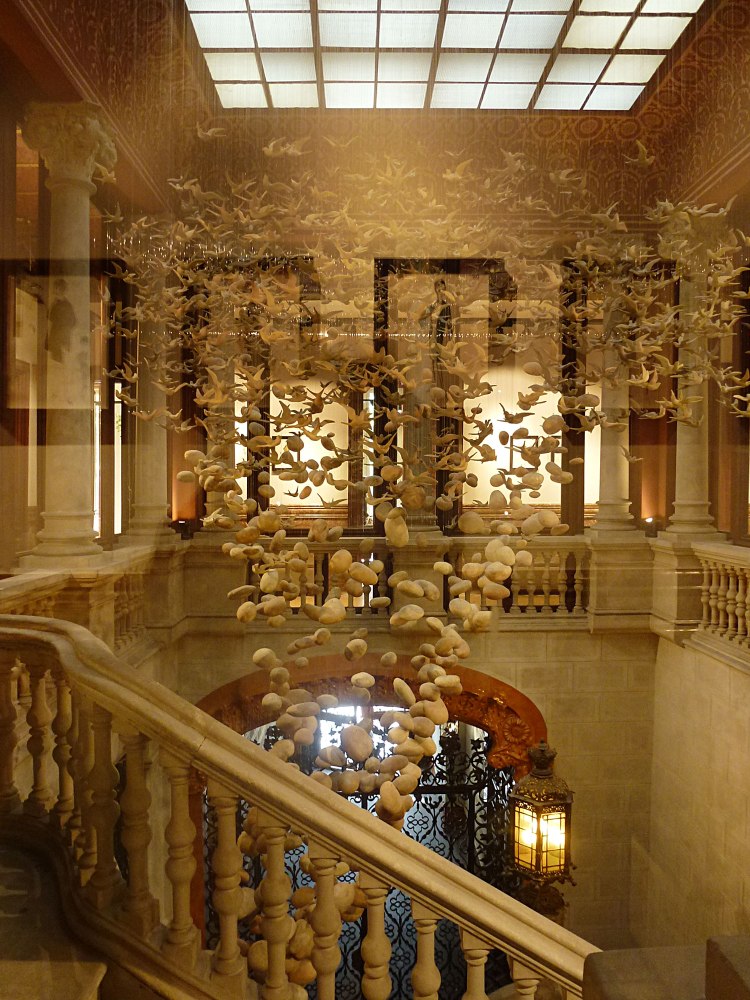
Ramon Casas i Carbó (1866-1932) was a prolific painter with more than 1,000 oil paintings and more or less, drawings. He was also an icon of Catalan modernism by his social vision and his works depicting Barcelona’s lifestyle from bourgeois beautiful women to street scenes and workers’ strikes. His works such as the Ball de la Moulin de la Galette, Plein Air, La Madeleine, La carga, or La Sargantain, are authentic masterpieces of modern Catalan painting and allow him, together with another painter, Santiago Rusiñol, to look straight at Modernist architects as well known as Gaudí, Puig i Cadafalch or Domènech i Montaner.

Sources:
social.massimodutti.com/paper/en/art-in-progress-series-3/
blogs.lavanguardia.com/bolleriafina